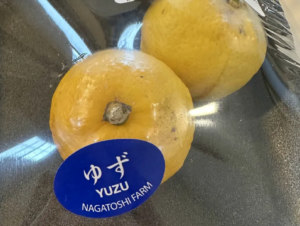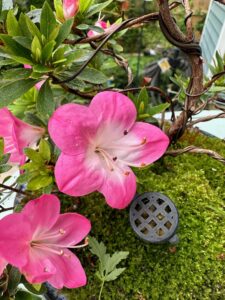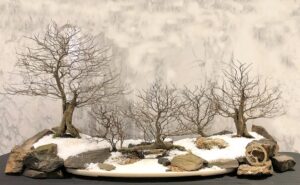
Spring is the time for field collecting or what bonsai hobbyists generically call yamadori, which is technically trees collected from mountains There is no calendar date to start collecting; the signs that it is time to start digging trees are bids swelling on deciduous trees and crocus and daffodils sprouting The reason for this is the science of trees I will give you the middle school version of this science lesson, but if you want a more in-depth version, check out one of the Ryan Oniel videos at the end of this article for a more in-depth explanation The simple tree science for our areas is that trees go dormant in the winter and store energy in the vascular system (trunk and branches mostly) for deciduous trees and in the foliage for conifers Trees growing in the field have access to more space and thus grow bigger and can store more energy than our cute little bonsais In the spring, once daylight hours and temperatures increase, the trees sense the change and go from a hibernation-like stage, pushing the stored energy to new growth When we harvest trees in the spring, we channel that stored energy to have the tree balance the creation of new root growth Spring also tends to be more humid and less hot, so there is less demand for moisture uptake of roots.
The first step in collecting is education and gathering the needed materials.
Shovels, reciprocating Saw or hand saw, plastic tarp or burlap, pruning shears, loppers, containers, and soil for your new tree. Water to stay hydrated and mist roots if the day is hot or they start to dry out.
Options for containers: wood box, training pot, plastic pot, mixing tub, or be creative. The image below is of a juniper that I dug up last year from BC, and you can see I used a mixing tub in which I had drilled holes on the bottom and sides for drainage and aeration. You may also notice my rehydration choice, which helps double as a reference for the size of the trunk and tree I also find that digital pictures help you keep track of when you obtained trees by the digital date stamping so that I can see the progress that I have made The pictures also help when the club talks you into writing articles.
Jason



